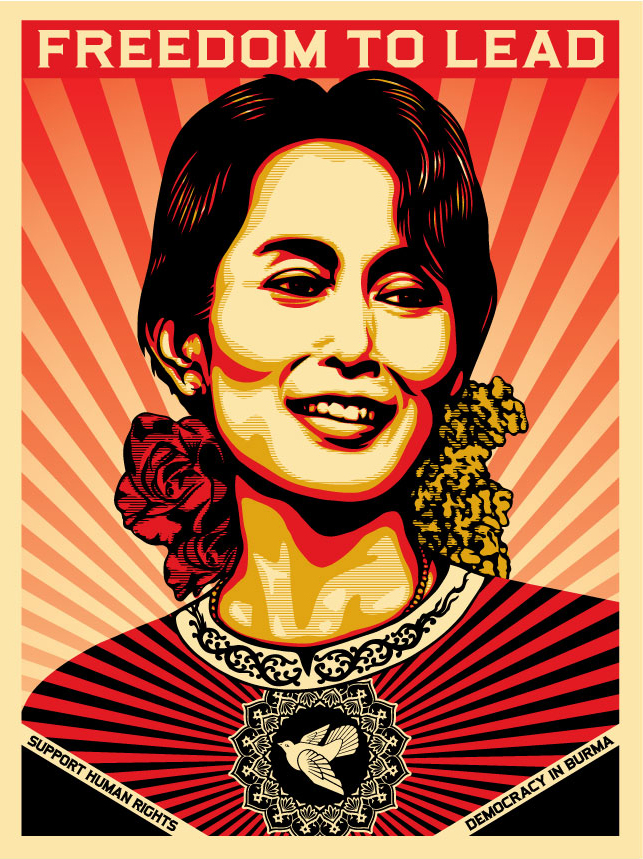The last time I wrote in this blog was nearly a month ago, my my how times have flies like a bullet train. My last thoughts in this blog was about leave of absence (LOA). Well it is not so much about the LOA but it is what I wanted to write about it the problems that might occur while in our journey while doing a PhD. It is really important to read the PhD or Master’s handbook, know the research policies and know our rights as a research student. I mean you might not realised how important this is until something happen to you such as what had happen to me which I prefer not to discuss on this public space. What I like to discuss is that matter, the possible problem while doing a PhD.
One of the most important part or can aso be a problem later on is the relationship between the candidate and the supervisor. As much as it is stated in most of books about writing research thesis, this part of PhD should not be omitted. Of course, one can say that you cannot know a person until you have worked with them, indeed but it is very important for any candidate to do a research on the background of the potential supervisor and not just merely taking what is provided on the plate. I realised that most of the Malaysian candidate, as I am one of them, with the full sponsored scholarship omitted this part of the research. Mostly the practice is to ask about it to the other peers who currently doing the Phd. Easy ways is to get enough information about the supervisors of the peers and send it application to further the PhD under the same supervisor as the peers. What a pity! With the fully sponsored scholarship, didn’t it give us (Malaysian) a tickets to get in to the best university in the world, provided the amout of work is enough to be accepted to these university. But I guess that is one of the purpose of doing a PhD. To get establish our expertise research areas with the asistance of the expertise in similar areas. On top of the with the establish and most known university around the world, the candidate will also get the 5 starts facilities, including some funding for conference and publication. Isn’t that what we, research candidate want?
Now, that process of research should be conducted before we even send in any application and enrolled. Once the enrollement is process then the next things to do is to start the ice breaking process with supervisor. Some lucky candidate will be able to detacte if the relationship will not work, but most don’t have this special power, so we can continue the process to getting to know each other step. Try to ask your supervisor for coffee or have a casual chat outside of the uni. Some supervisor refuse to do this, as it will not show the professional work ethics. I personally think it is very important for supervisor to spend at least in the beginning to go for ‘outing’ with the candidate and discuss about the research casually. Discussing the research plan outside of the norm environment will not only help the breaking ice process but also will allow the candidate and the supervisor to feel comfortable as it is no longer in the office space. I am not telling that this is the only ways, it all depends on the human character itself. Some people like to go to cafe or to a park to continue the discussion with their supervisor. These candidate I considered them the fortunate one. The relationship they have with the supervisor is growing and productive. Others who didn’t have a chance to talk to supervisor, some even not in the office, this can be the beginning of the supervisor and candidate relasionship problems. I mean it is so simple, relationship needs to be nurture, discuss, honest, and maintained. Not just because it the matter of professional at work that didn’t allow the process of getting to know each other develop. If the beginning of supervisor and candidate relationship is not working..then my guess is it will never work. This is the time when you should start consider to shop around for another potensial supervisor. The earlier the better. Don’t wait until half of the candidature, or giving it a 5th times try, or until some action is taken. As a researcher we are responsible on our research process, and this includes not only the process of our study itself but also the relasionship with the supervisor.




